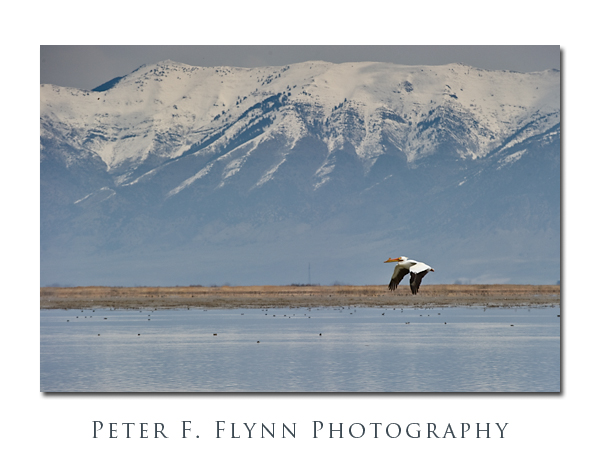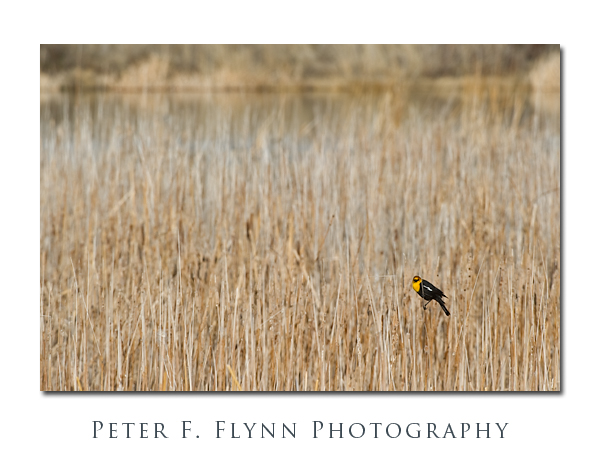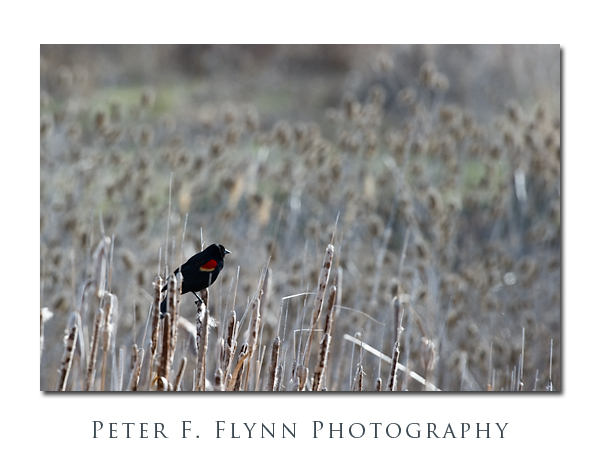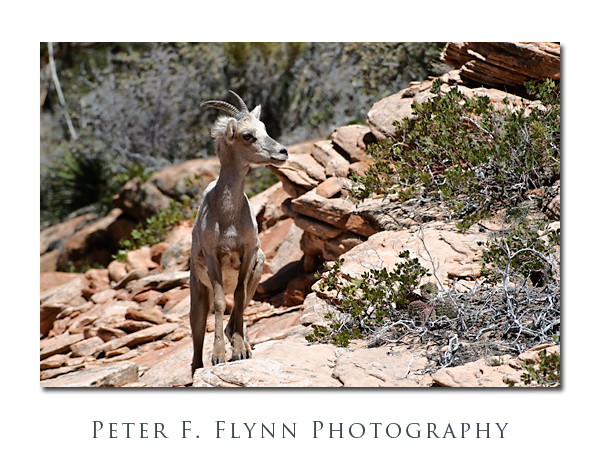 I’m not exactly certain why I think so, but to me it is just plain weird that the American White Pelican is found anywhere in Utah. This big bird seems rigged up properly to snag some pretty big fish, and it’s just hard to see that happening near the end winter and early spring here. California and Florida, for example, would seem to be much more natural habitats. Nevertheless, you will quite easily find this amazing animal in Bear River Migratory Bird Refuge, as it uses the area as a nesting ground mid/late March through June/July.
I’m not exactly certain why I think so, but to me it is just plain weird that the American White Pelican is found anywhere in Utah. This big bird seems rigged up properly to snag some pretty big fish, and it’s just hard to see that happening near the end winter and early spring here. California and Florida, for example, would seem to be much more natural habitats. Nevertheless, you will quite easily find this amazing animal in Bear River Migratory Bird Refuge, as it uses the area as a nesting ground mid/late March through June/July.
The refuge is composed of three major marsh systems that are formed around the confluence of the Bear River as it enters the Great Salt Lake. There is an excellent visitor center just a brief drive west off of I15, at exit 363 (Brigham City). The refuge may be explored at length by driving the 12 mile auto tour route, which begins about 15 miles west of the visitor’s center.
The image above was recorded at noon on April 10, 2010, using the Nikon D3s and the AF-S Zoom-Nikkor 200-400mm f/4G ED lens at 400mm. Exposure was f/8 and 1/2500s, ISO 640.
The refuge is not really on the way to anywhere, but it is nevertheless a compelling location for wildlife photographers and naturalists visiting the Salt Lake City area. All in all it is a fantastical place, with a continuously rotating roster of bird species – highly recommended.
Copyright 2010 Peter F. Flynn. No usage permitted without prior written consent. All rights reserved.


